Green Wednesday: Melon-Growing Tips and Napa’s Expanding Urban Forest
By Donna Woodward, U.C. Master Gardeners of Napa County, and Chris Benz, Environmental Contributor
We Need Your Help
If you’re reading this, you care about independent, locally owned, ad-free journalism — reporting that puts our region’s stories first, not corporate interests or clickbait.
Join a community that values in-depth, independent reporting. Become a paid subscriber today — and if you already are, thank you. Help us grow by liking, commenting and sharing our work.
Green Wednesday: Gardening and Ecological Insights
Every Wednesday Napa Valley Features brings you Green Wednesday, featuring articles from environmental voices and the UC Master Gardeners of Napa County. These contributors share research-based horticultural advice and insights on sustainability and climate topics relevant to our region.
Summary of Today’s Stories
"Melon Season Is Upon Us" by Donna Woodward, U.C. Master Gardeners of Napa County: This article explores how Napa Valley gardeners tested different melon varieties — including Sugar Cube cantaloupe, Honey Orange honeydew and French Charentais — to find which grow best in local conditions, offering practical advice for home melon cultivation.
“Melons require a long growing season. If you have enough sun and space, they are a most rewarding crop.” – Donna Woodward
"Taking Care of Napa’s Trees" by Chris Benz, environmental contributor: This piece highlights Napa’s Urban Forestry Management Plan and the role of trees in climate resilience, showcasing how strategic planting, community involvement and biodiversity are key to the city’s greener future.
“We want trees that do well in Napa’s climate... but we also want a diverse forest to protect against pests and diseases.” – Chris Benz
Taking Care of Napa’s Trees
By Chris Benz
NAPA VALLEY, Calif. — Trees are one of nature’s most effective tools to make cities more climate-resilient. Not only do they remove carbon dioxide from the air, but they also provide shade that cools pavements and homes and curbs the “urban heat island” effect. Trees also intercept stormwater and reduce runoff by capturing and storing rainfall in their canopy and releasing water into the atmosphere.
Jeff Gittings, parks and urban forestry manager for the City of Napa, is in charge of developing Napa’s Urban Forestry Management Plan. The “urban forest” refers to public and private trees in an urban area. The plan will benchmark the city’s urban forest and provide direction for tree care and preservation over the next 40 years.

Gittings learned about trees literally from the ground up. Starting out as a soils engineer, he shifted to working on parks projects for the City of Petaluma’s public works department.
“I fell in love with the parks work and transferred to that department,” he said. “I really learned about trees and tree care on the job from the arborists and consultants I worked with, along with folks who loved trees and wanted to preserve them.”
Research is now documenting how trees reduce air pollution and improve public health. A new study by the University of Southern California showed trees in mid-city Los Angeles to absorb up to 60% of carbon dioxide emissions during spring and summer.
The Nature Conservancy reported that their Green Heart project in Louisville, Kentucky – where 8,000 trees were planted across a 4-square-mile area – resulted in significantly lower levels of a blood marker known as C-reactive protein (an inflammation indicator) in study participants.
The first step in developing Napa’s Urban Forestry Management Plan was creating an inventory of “community trees” – trees in the planter strip between the sidewalk and street and on other city properties. About 35,000 trees were counted. This survey didn’t include trees on private land or in open-space parks and stream corridors. However, it provided a good starting point for evaluating the overall status and health of Napa’s urban forest.
“From looking at the data, we learned that the tree canopy covers 21.5% of the acreage within the city limits,” Gittings said. “Seventy-five percent of this coverage is provided by trees growing on private property, so the plan will include strategies for working with property owners to maintain and expand this part of the tree resource.”
The inventory noted tree species, condition, location and age estimated by trunk diameter. Three species represent more than 36% of Napa’s community tree population: crepe myrtle, coast live oak and Chinese pistache. The age range is relatively young; however, this will allow for continual canopy coverage as older trees die out.
“Tree selection needs to be looked at through multiple lenses,” Gittings said. “The Master Street Tree list will be reviewed as part of the plan. We want trees that do well in Napa’s climate, that don’t have problems with root growth or falling limbs. But we also want a diverse forest to protect against pests and diseases. We’d like to have no more than 10% of the urban forest be any one species so that if one species of tree is killed by a pest, most of the forest will remain.”
Gittings’ staff plants 200 trees per year on average, including replacing trees removed during street repaving and reconstruction. For the Coombs Street reconstruction project coming this summer, the city will look to take advantage of such opportunities.
“When we replant, we talk with the property owner about what tree they want in front of their home or business,” he said. “This creates diversity in trees lining the corridor.”
Gittings expects to present the first draft of the plan later this spring.
“One of my biggest goals is to make the work we do more efficient and to have that work provide the biggest benefit to the community and the forest itself,” he said.
Actions you can take:
—
Chris Benz is a retired winemaker and co-founder of Napa Climate NOW! Napa Climate NOW! is a local nonprofit citizens’ group advocating for smart climate solutions based on the latest climate science, part of 350 Bay Area. Info, napa.350bayarea.org
Melon Season Is Upon Us
Donna Woodward, U.C. Master Gardeners of Napa County
NAPA VALLEY, Calif. — Nothing says summer like a fresh, sweet, juicy slice of melon. Whether it’s cantaloupe, honeydew or watermelon, it’s a hit at any meal.
Melons belong to the cucurbit, or gourd, family, along with cucumbers, squash, pumpkins and zucchini. Cantaloupe and honeydew belong to the species Cucumis melo, while watermelon belongs to a different species, Citrullus.
American cantaloupe is sometimes called muskmelon. Strictly speaking, muskmelons are not a true cantaloupe. The European cantaloupe (C. melo cantalupensis) has orange flesh, similar to muskmelon, but the flesh is denser and the skin is smooth. The European cantaloupe was developed in Italy, and the family includes French Charentais and Persian melons.
American muskmelon belongs to the species C. melo reticulatus. Members of this species are distinguished by their netted (reticulated) skin. The species includes some modern crossbreeds, such as Crenshaw, a cross between casaba and Persian types. Another species, C. melo inodorus, includes casabas, honeydews and Asian melons.
The French Charentais melon lays claim to superior flavor. An article in Saveur magazine describes it as “everything cantaloupe wishes it could be.” The variety originated near the town of Cavaillon in Provence, and the townspeople so revere the Charentais that they hold a huge festival in its honor every year. According to the Saveur article, the variety can be grown elsewhere, but “to taste the Cavaillon melon in top form, you’ll need to travel.” That is a bold claim. Maybe we need another blind tasting, like the famous 1976 Judgment of Paris wine contest.
Other sources state that these melons are now primarily grown in Tuscany. Napa Valley's climate resembles Tuscany's, making it suitable for growing melons. However, our county has some areas with cool, foggy summer mornings. Local gardeners should choose early or short-season varieties that do not require constant sunshine. The best planting time is mid-May to June.
The Napa County Master Gardeners Field Test Group decided to try growing melons in our home gardens to see how they compare. We chose three similar varieties: American cantaloupe, honeydew and French Charentais.
Melons require a lot of space to spread their vines, a drawback for some gardeners. For the American cantaloupe we chose a variety called Sugar Cube. It produces smaller than average melons, but they are plentiful. We thought this smaller variety might not take up as much garden space. It turned out the vines weren’t any shorter; there were just more melons per vine.
The honeydew choice was Honey Orange. Honeydews usually have green flesh and light green to yellow rinds. This one is distinguished by an orange interior.
The French Charentais we chose was a hybrid called Alvaro, so we can’t say we tried the true Cavaillon melon. Still, it was touted as being exceptionally flavorful. The seeds were much more expensive than the others.
Melons prefer warm soil and warm days. If you are planting seeds directly into the ground, wait until the soil temperature is at least 70 degrees — which could be late May in our area. You can start seeds three to four weeks earlier in pots, placing them, if possible, on a heat mat.
Whether sown in pots and transplanted or sown directly into the ground, melon seeds are usually planted in groups of two or three on mounds at least 3 feet apart. They require rich soil and plenty of water. Growing them on a trellis can save space, but the fruit might need to be supported by nets. Nylon stockings can do the job.
Sugar Cube was the first to ripen, starting in early August and continuing through September. This melon was the most prolific, putting on eight to nine melons per vine, each weighing 1 to 2 pounds. That’s about half the size of typical supermarket cantaloupes, making it the perfect cultivar for small households.
It is easy to know when to harvest American cantaloupes. The melons literally slip off the vine. It was not as easy to determine ripeness for the other two varieties.
I made the mistake of harvesting the first melons too early. I thought they were inferior in flavor until I learned to leave them longer on the vine. Be patient and wait until the external color deepens.
Once fully ripe, all three varieties were delicious. Sugar Cube received the most votes for flavor, with Honey Orange second. Either the Charentais is overrated or we don’t have the right conditions for it. Maybe we do need to make that trip to Cavaillon.
Not everyone had luck growing melons. One-third of us reported healthy, productive plants for all three varieties. Another third reported having no luck at all. Those who were successful said they would grow melons again. Those who had poor results noted that they did not have adequate space or enough sun exposure.
Melons require a long growing season. If you have enough sun and space, they are a most rewarding crop.
—
Donna Woodward is a UC Master Gardener of Napa Valley.
Events
Library Talk: Join UC Master Gardeners of Napa County and Napa Public Library for “Olive Trees for the Home Gardener” on Thursday, May 1, from 7 to 8 p.m. via Zoom. A perfect fit with Napa’s Mediterranean climate, olives are drought-tolerant, low-maintenance and adaptable to containers, with year-round silvery foliage. Learn how to grow your own. Register for the free Zoom link and note that the meeting will lock and deny entry after 7 p.m.
Help Desk: The Master Gardener Help Desk is available to answer your garden questions on Mondays and Fridays from 10 a.m. until 1 p.m. at the University of California Cooperative Extension Office, 1710 Soscol Ave., Suite 4, Napa. Or send your questions to mastergardeners@countyofnapa.org. Include your name, address, phone number and a brief description of the problem. For best results attach a photo.








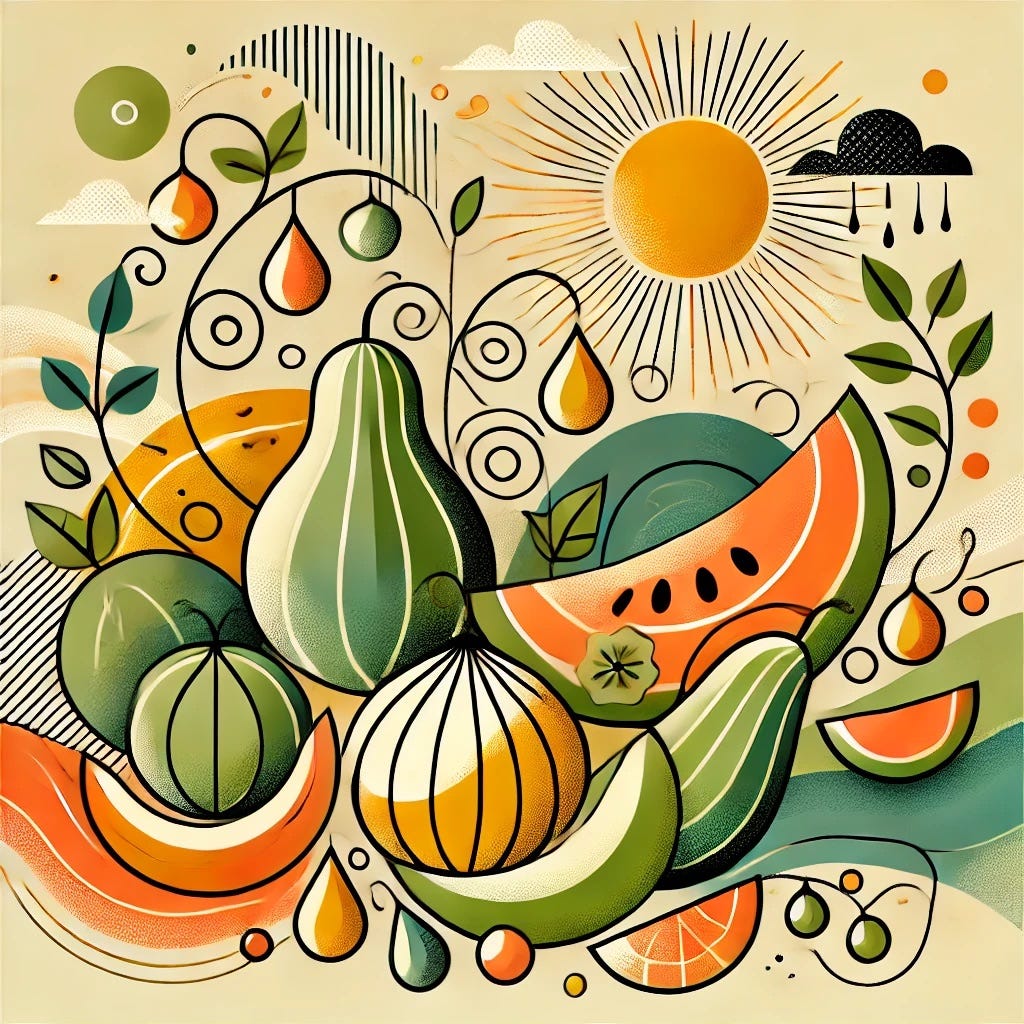


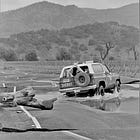
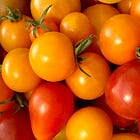
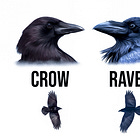

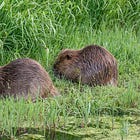






very informative article.
Yummy!